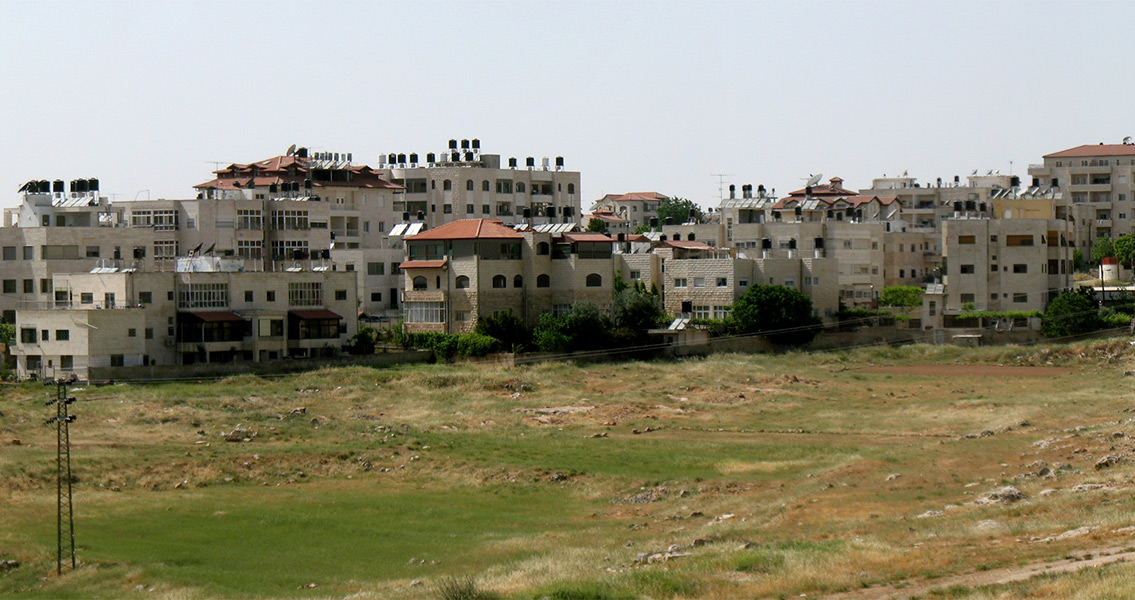<![CDATA[In a recent press release, Israeli archaeologists reported the discovery of a settlement, the oldest of its kind, in Jerusalem. The excavation exposed artifacts and two stone houses dating from 7,000 years ago, demonstrating the area has been inhabited even longer than originally thought. The houses were in various building stages, meaning they had been used for centuries. The homes and objects were discovered in the Shuafat neighborhood in north Jerusalem, during a "salvage excavation" being done prior to the construction of a new road. Hiding only a meter below the ground, the researchers found walls up to five stones high that were still standing, in addition to flint tools, pottery shards, gemstone beads, a basalt bowl and more, all typical of the Chalcolithic era (approximately 5,000 BCE). During the Chalcolithic era, people began to use copper (chalcos in Greek) in addition to stone tools (lithos in Greek), and while similar settlements have been found in Israel, this is the first one in Jerusalem – making these discoveries the oldest remains from human habitation found there. Previous findings from the Chalcolithic era include bones and pieces of pottery, but up to now no houses or other structures. It was widely assumed that Jerusalem had only been inhabited for between 4,000 and 5,000 years. Israel has a wide array of artifacts which go back to before the dawn of recorded history. Remnants from this era are common. In Jerusalem, specifically at Motza Junction, the Holyland compound and Abu Ghosh however, the Chalcolithic finds discovered have been quite sparse, likely because the city and the surrounding area have been constantly populated with never-ending cycles of destruction and building. Stones that were once used in ancient homes would likely have been reused for the current ones, a simple matter of repurposing materials. The director of the excavation at Shuafat for the Israeli Antiquities Authority, Ronit Lupu, has been quoted as saying, “Prehistoric Jerusalem simply got rolled over by history.” It’s become quite evident from the Shuafat excavations that it was a thriving settlement in its time. It’s also been noted that the quality of the building “wouldn’t have shamed” modern builders. The flint tools discovered indicate what the ancient locals were doing 7,000 years ago; small sickle blades for the harvest of cereal crops, polished axes and chisels for building, awls and borers, even a carnelian (gemstone) bead, indicating jewelry was either imported or produced locally. The grinding tools (mortars and pestles), the basalt bowl for example, demonstrate technological skills and the types of crafts the local community practiced. Mortars and pestles had already been in use for centuries when this settlement was erected in Shuafat. Huge examples carved out of bedrock and boulders have been discovered all around the Levant dating back further than 11,000 years. The flint sickles unearthed in Shuafat had the sort of glazing created by harvesting grain, a practice which had been developed in this region several thousand years earlier. Even olive oil was already being produced. One thing the ancient Jerusalemites were not, evidently, is vegetarian. Goat, sheep and possibly cattle bones have all been recovered. All of the artifacts will be analyzed further by the Israel Antiquities Authority laboratories to enhance the understanding of the people who lived in Shuafat. Image courtesy of Wikimedia Commons user: Ynhockey]]>
New Construction Once Again Leads to an Old Discovery
